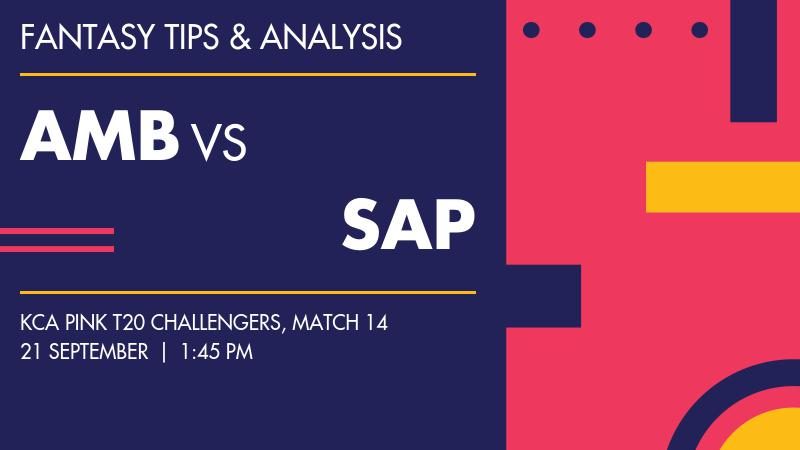SAP vs AMB: A Comprehensive Comparison for Businesses

Introduction
In the ever-evolving landscape of enterprise resource planning (ERP) and business management tools, SAP and AMB stand out as two prominent solutions. Understanding the differences and potential advantages of each can help organizations make informed decisions that align with their unique operational needs. This article dives into the key features, benefits, and considerations of both SAP and AMB, shedding light on their relevance in today’s business environment.
Overview of SAP
SAP, a leading ERP provider, has been a significant player in the business software sector for decades. Founded in 1972 in Germany, SAP has evolved to offer a broad range of solutions that cater to various industries, including finance, supply chain, and human resources. With its comprehensive suite of applications, SAP is known for enabling businesses to streamline operations, enhance data accuracy, and improve overall productivity.
Overview of AMB
AMB, on the other hand, is a relative newcomer to the market but has gained traction through its user-friendly interface and focus on small to medium-sized enterprises (SMEs). AMB emphasizes flexibility and affordability, making it an attractive option for businesses looking for customizability without the high costs typically associated with larger ERP systems. Moreover, AMB’s cloud-based architecture allows companies to access their tools from anywhere, facilitating remote work demands.
Key Comparisons
Functionality
SAP provides deep functionality, with modules designed for complex business processes. While this depth is beneficial for large organizations, smaller businesses may find it overwhelming. Conversely, AMB prioritizes simplicity and ease of use, making it a suitable choice for SMEs that do not require extensive features.
Cost
The cost of implementation and maintenance can be significantly different between SAP and AMB. SAP tends to have higher upfront costs and longer implementation timelines due to its extensive capabilities. AMB, however, is often more budget-friendly and can be deployed more quickly, which is essential for smaller business operations.
Customization and Support
SAP’s robust platform allows for extensive customization but may require specialized personnel for maintenance. AMB offers simpler customization options, which can be managed by in-house teams, thus reducing dependency on external IT resources.
Conclusion
In conclusion, the choice between SAP and AMB hinges on an organization’s size, budget, and specific needs. Larger corporations with complex structures may find SAP’s in-depth functionalities indispensable. Meanwhile, SMEs may benefit more from AMB’s user-friendly approach and cost-effectiveness. As businesses grow and adapt, choosing the right ERP system will be crucial for fostering operational efficiency and supporting long-term growth.









